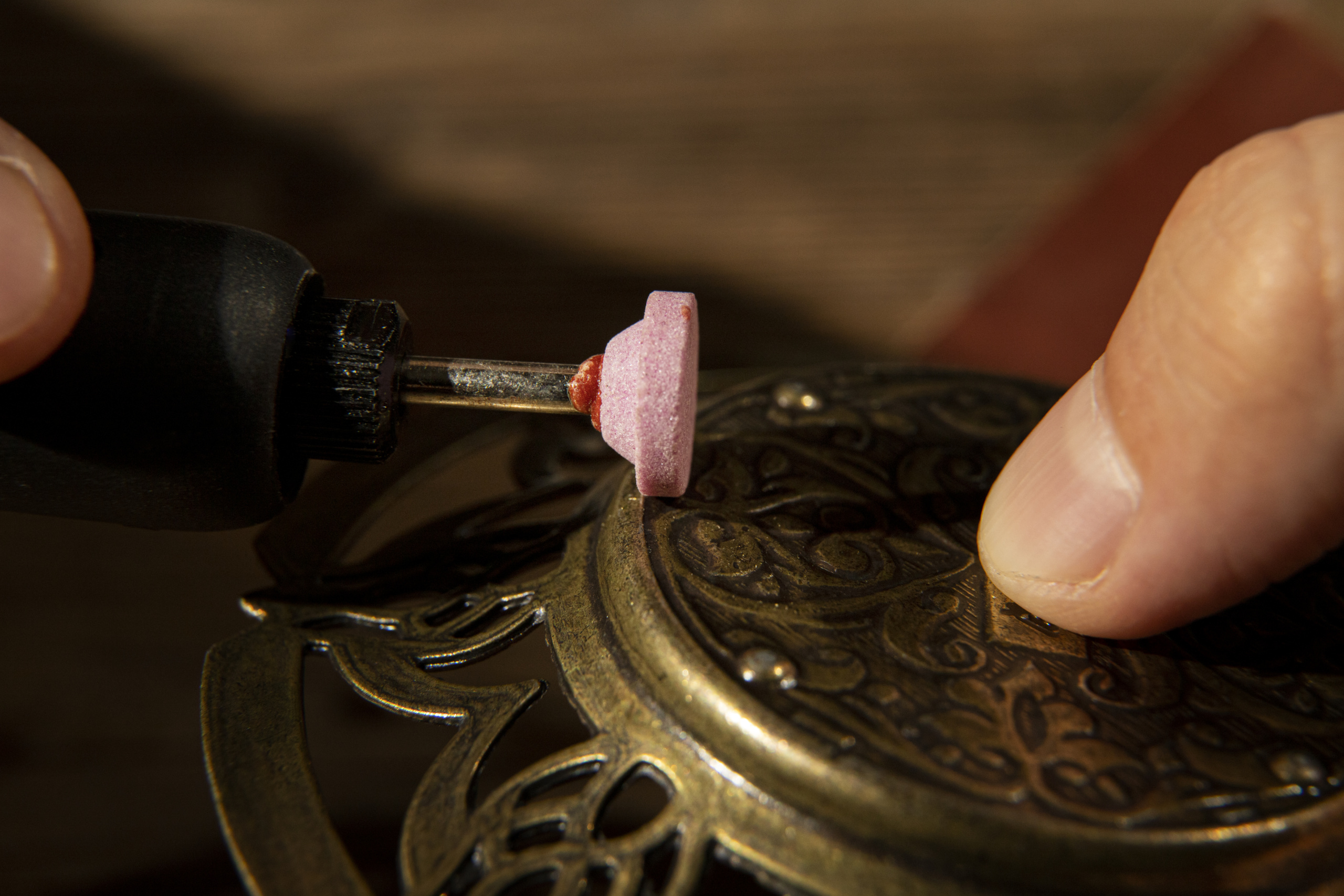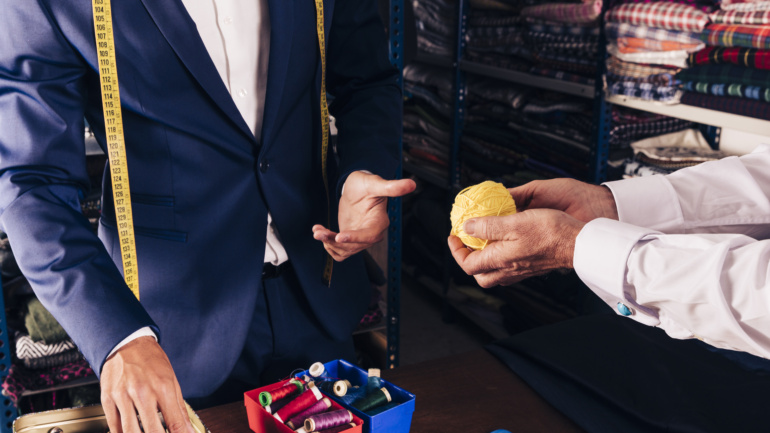Restoring Vintage Elegance: How to Replace Rhinestones in Antique Jewelry
Vintage jewelry has a unique charm. It tells stories of a bygone era—whispers of glamour, craftsmanship, and style that have withstood the test of time. But like all things cherished, even the most exquisite pieces can suffer from wear and tear, especially those sparkling rhinestones that have made them so iconic. Whether your grandmother’s brooch has lost a stone or a cherished vintage necklace has gone a bit dull, the good news is that replacing those rhinestones isn’t just possible—it’s relatively easy. And with the right tools, you can restore that glimmer of the past and bring new life to your collection.
Let’s embark on a fascinating journey into the world of rhinestone replacement for vintage jewelry. This isn’t just about fixing broken pieces; it’s about reviving history with a personal touch and a dash of modern know-how. So, what exactly do you need to know?
The First Step: Understanding Your Vintage Treasure
Before diving into the world of rhinestone repair, take a moment to admire the piece you’re working with. Vintage jewelry is often delicate and unique. This isn’t mass-produced costume jewelry from a bygone era; these are heirlooms, potentially carrying great sentimental value. So, understanding your jewelry’s style and the type of rhinestones it originally used is key. Vintage pieces often feature rhinestones in various cuts, from round to emerald or marquise, and can be set in silver, gold, or even platinum. If you’re looking for replacement rhinestones for vintage jewelry, make sure you’re sourcing stones that are as close as possible to the originals in both size and cut.
Selecting the Right Rhinestones
Not all rhinestones are created equal, especially when it comes to vintage jewelry. When you’re on the hunt for rhinestones for vintage jewelry repair, it’s crucial to match the stone’s sparkle and finish to the original. Vintage rhinestones typically have a different “look” than their modern counterparts. Some may have a reflective coating, like the famous Aurora Borealis rhinestones, which offer an iridescent, rainbow-like sheen. These stones were all the rage in the mid-20th century, and finding replacements with that distinctive shine will ensure your piece stays true to its vintage essence.
Tools of the Trade
When it comes to replacing rhinestones, you’re not looking for fancy tools or complicated machinery. A few simple items will do the trick:
- Replacement Rhinestones: As discussed, ensure they match the size, cut, and finish of the originals. Check out online stores, vintage jewelry repair kits, or specialized jewelers who focus on classic designs.
- Jewelry Adhesive: A strong, clear adhesive like E6000 works wonders. It bonds well with rhinestones and metal, ensuring a secure hold without visible glue marks.
- Tweezers: Precision is everything. Use tweezers to carefully place the new rhinestone in its setting, especially if it’s a small or intricate piece.
- Cotton Swabs and Cleaners: Once the stone is securely placed, clean the area around the rhinestone to remove any excess adhesive and ensure the piece is gleaming.
The Process of Replacement
Now, let’s walk through the simple process of replacing a rhinestone in your vintage jewelry.
- Clean the Piece: Before making any repairs, gently clean your jewelry to remove dirt or oils that might interfere with the adhesive. A soft cloth or a cotton swab will do the trick.
- Remove the Old Stone: If the rhinestone is completely gone, you’re ahead of the game. If part of the old stone is still intact, carefully remove it. A small pair of pliers can help, but be gentle to avoid damaging the setting.
- Apply the Adhesive: Using a toothpick or a fine brush, apply a small amount of adhesive to the setting. Less is more here—you don’t want glue spilling out when you place the stone.
- Place the Rhinestone: Using tweezers, gently place the new rhinestone into the setting. Hold it in place for a few seconds until the adhesive begins to set.
- Clean Up: Once the stone is secured, wipe away any excess glue with a damp cloth, ensuring the piece looks as clean as new.
- Let It Dry: This is the hardest part—waiting. Allow the jewelry to dry fully, ideally overnight, to ensure the rhinestone stays firmly in place.
Why Restore Vintage Jewelry?
Restoring vintage jewelry isn’t just about aesthetics; it’s about preserving history. Think of each rhinestone as a tiny, sparkling piece of the past. By carefully replacing lost or damaged stones, you’re not only restoring a piece of jewelry—you’re maintaining the legacy it holds. Whether it’s a bracelet passed down through generations or a brooch that belonged to a beloved aunt, these pieces often carry immense sentimental value. Taking the time to repair them ensures they’ll continue to be cherished for years to come.
Furthermore, vintage jewelry has a timeless charm that modern pieces often struggle to replicate. The craftsmanship, the elegance, and even the stones themselves—rhinestones in particular—carry a unique allure. Rhinestones have the ability to catch the light and transform an ordinary piece into something extraordinary, which is why they continue to be favored in vintage designs.
Final Thoughts: Restore, Don’t Replace
So, next time you find yourself with a vintage piece in need of a rhinestone replacement, don’t rush to replace it entirely. Instead, consider the art of restoration. With the right tools, a little patience, and some research into finding authentic rhinestones, you can bring new life to your jewelry, keeping the sparkle of the past alive for generations to come.
And remember, in the world of vintage jewelry, it’s not just about the stones—it’s about the stories they hold.

